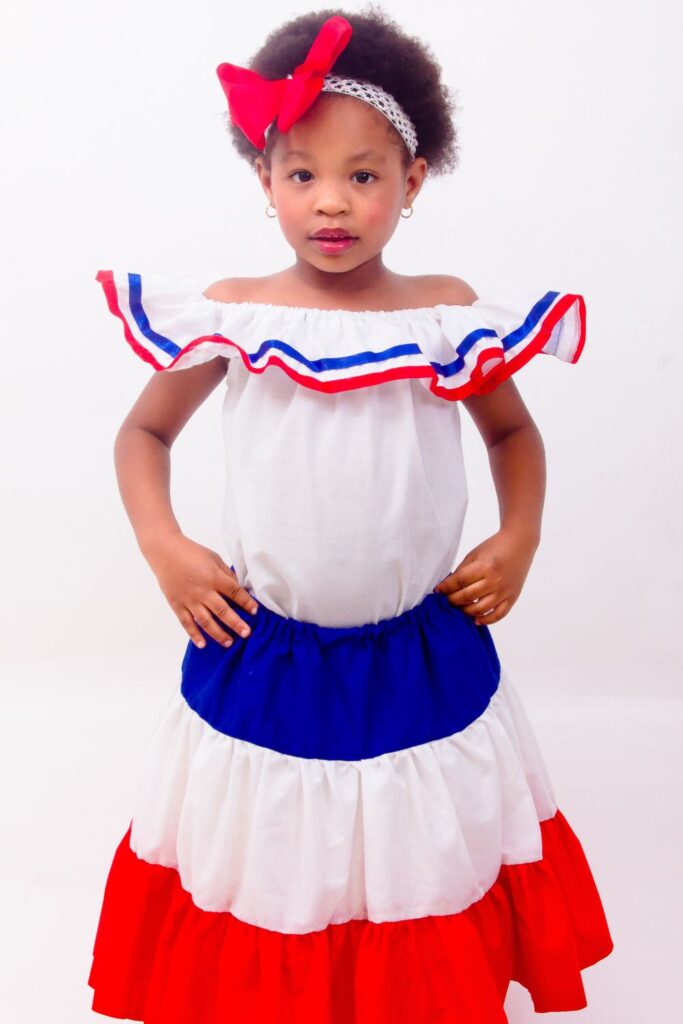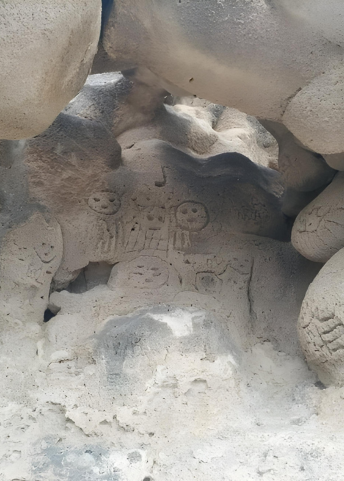Today we are going to dive into the vibrant and diverse Dominican culture and community. From its historical roots to contemporary celebrations, Dominican culture is a blend of influences that create a unique and welcoming community. Let's discover together everything that makes this wonderful country special!
History of Dominican Culture
Dominican culture is rich and multifaceted, with influences from various civilizations that have mixed over the centuries. Let's explore some of these key influences.



Indigenous Influences
The Taínos were an indigenous group that inhabited the Caribbean islands, such as the current Dominican Republic, Puerto Rico, Cuba, and Jamaica. They were the first settlers of these lands before the arrival of Christopher Columbus in 1492.
The Taínos not only established prosperous communities but also developed advanced agriculture, cultivating yuca, maize, sweet potatoes, and peppers. Yuca, especially, was crucial for their diet and used to make casabe, a type of bread still consumed in the Dominican Republic today.
This gastronomy not only nourishes the current population but also serves as a living link to the rich history and heritage of the Taínos.
African Heritage
The arrival of Africans as slaves during Spanish colonization had a profound and lasting impact on Dominican culture. Music, dance, and many culinary traditions have African roots.
Dominican cuisine is filled with African flavors and techniques. Dishes like mofongo and sancocho have African origins and are very popular in Dominican cooking.
Spanish Influences
Spanish colonization also played a crucial role in shaping Dominican cultural identity, contributing elements such as the language, Catholic religion, and various social customs.
Additionally, walking through the cobbled streets of the Colonial Zone of Santo Domingo is like traveling back in time, with buildings and plazas that keep history alive.
Music and Dance in Dominican Culture
Music and dance are at the heart of Dominican culture. These elements are not only forms of entertainment but also expressions of national identity.
Merengue
Merengue is undoubtedly the most emblematic rhythm of the Dominican Republic. With its fast and cheerful rhythm, it is impossible not to feel like dancing when hearing its infectious melodies.
Bachata
Bachata, with its slower and more melancholic rhythm, is another musical genre that has gained worldwide fame. Its lyrics often tell stories of love and heartbreak, resonating deeply with the audience.
Other Rhythms and Dances
In addition to merengue and bachata, Dominican musical culture includes other genres such as son, perico ripiao, and more recently, dembow and reggaeton. Each has its own style and followers.
Dominican Gastronomy

Food is a fundamental part of Dominican identity. Traditional dishes reflect the country's cultural diversity and are a true delight for the palate.
Typical Dishes
Among the most popular dishes are sancocho, la bandera (rice, beans, and meat), and mangú. Each of these dishes has its own history and cultural significance.
Sweets and Desserts
Dominican sweets are a feast for the sweet-toothed. Sweets like arroz con leche, dulce de leche cortada, and habichuelas con dulce are essential at the Dominican table.
Traditional Drinks
Drinks also play an important role, from the refreshing passion fruit juice, a morisoñando, to Dominican rum, recognized worldwide. Cheers!
Festivals and Celebrations
Dominican festivals are famous for their joy and color. These celebrations are an opportunity for the community to come together and enjoy themselves greatly.
Dominican Carnival
The Dominican Carnival, celebrated in February, is one of the most important festivities. With parades, costumes, and music, it is a vibrant display of Dominican culture and creativity. These carnivals are celebrated throughout the country, with some of the most famous being in La Vega and Santo Domingo, but here in Punta Cana, we also have our own.

Holy Week
Holy Week is another significant event, where religious traditions combine with local customs, resulting in a unique celebration.
Patron Saint Festivals
The patron saint festivals, dedicated to the patron saints of each community, are celebrations that mix the religious with the festive and are an essential part of the Dominican calendar. One of the most significant festivals in the east is the day of Our Lady of Altagracia, which takes place in the Cathedral of Higuey.

Art and Craftsmanship
Art in the Dominican Republic is a blend of indigenous, African, and European influences, resulting in a unique and rich artistic expression.
Indigenous Crafts
Dominican crafts include clay, wood, and textile works that reflect the indigenous heritage and are highly valued both locally and internationally.
Painting and Sculpture
Dominican artists have gained recognition for their paintings and sculptures, often addressing social and political themes with a vibrant and colorful style.
Dominican Literature
Dominican literature has produced great writers who have explored national identity, history, and everyday life in their works, such as Juan Bosch and Julia de Burgos.
Community and Social Life
La vida en la comunidad dominicana está marcada por la cercanía y la hospitalidad. La familia y los amigos juegan un papel central en la vida cotidiana.

Families and Neighborhoods
Dominican families are known for their unity and mutual support. Neighborhoods are also close-knit communities where everyone knows and cares for each other. Who hasn't arrived at a house in the Dominican Republic where the coffee pot isn't immediately put on for a shared coffee?
Dominican Hospitality
Dominican hospitality is famous. Visitors are welcomed with open arms and treated like family, making anyone feel at home.
Conclusion
Dominican culture and community are a mosaic of influences and traditions that create a unique and welcoming identity. From its rich and diverse history to its vibrant celebrations, the Dominican Republic is a country full of life and warmth. Come and discover it for yourself!
Explore the Heart of the Caribbean
Frequently Asked Questions (FAQs)
- 1. What is the most representative traditional dish of the Dominican Republic?
The Dominican flag, which consists of rice, beans, and meat, is one of the most representative dishes of the country.
- 2. When is the Dominican Carnival celebrated?
The Dominican Carnival is celebrated in February, with parades and parties throughout the country.
- 3. What type of music is popular in the Dominican Republic?
Merengue and bachata are the most popular musical genres in the Dominican Republic.
- 4. What characterizes Dominican hospitality?
Dominican hospitality is characterized by its warmth and friendliness, making visitors feel at home.
- 5. Who are some notable Dominican writers?
Some notable Dominican writers include Juan Bosch and Julia de Burgos.











